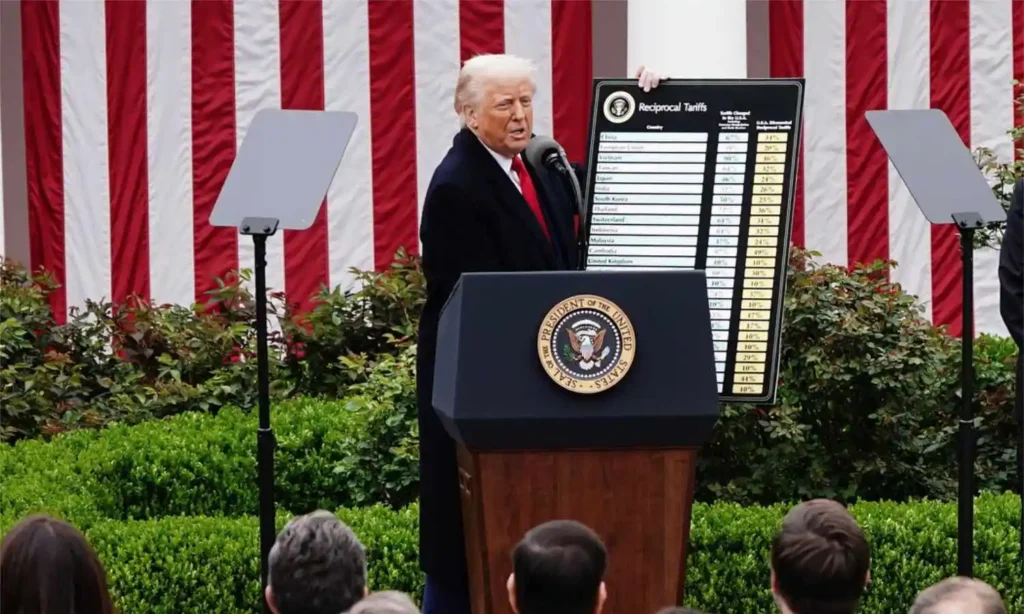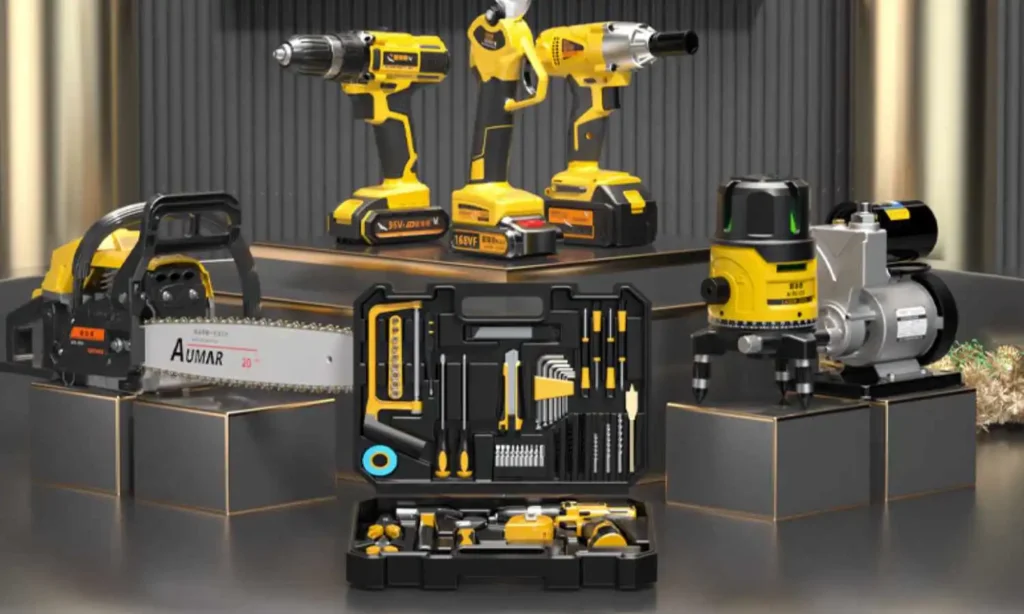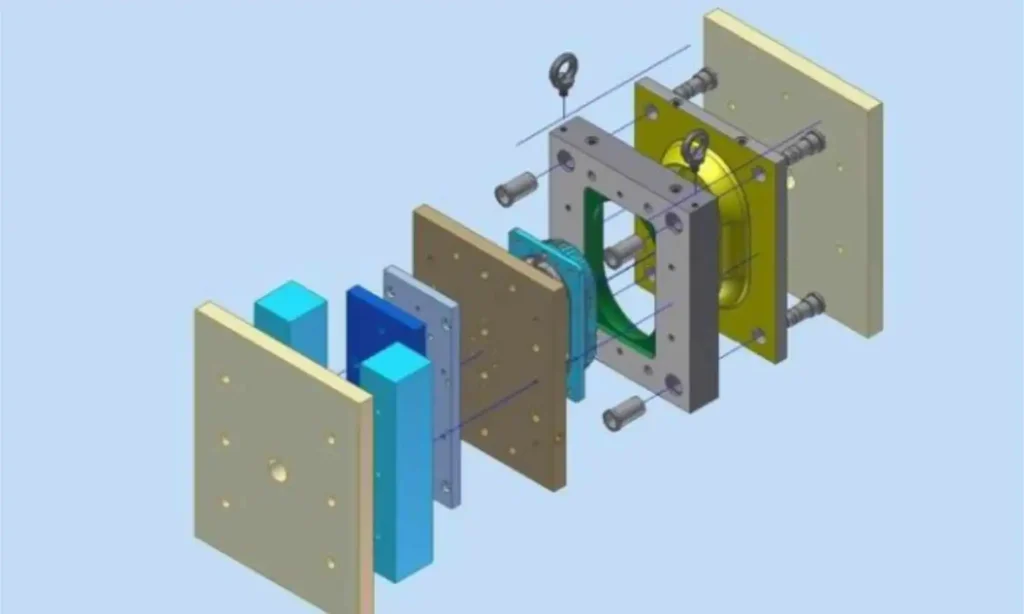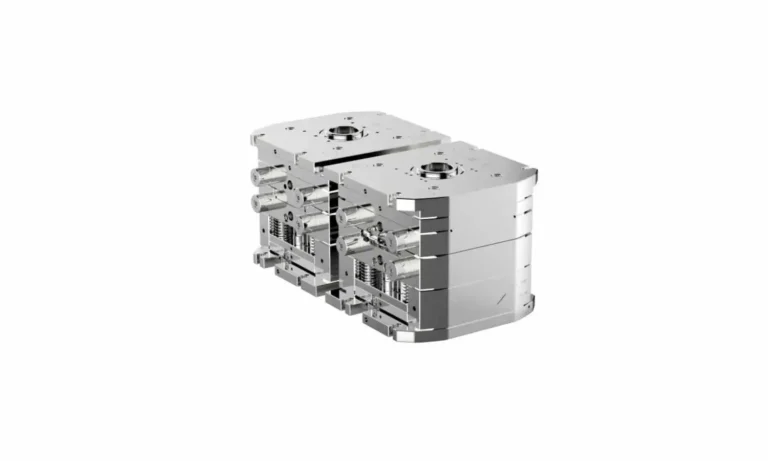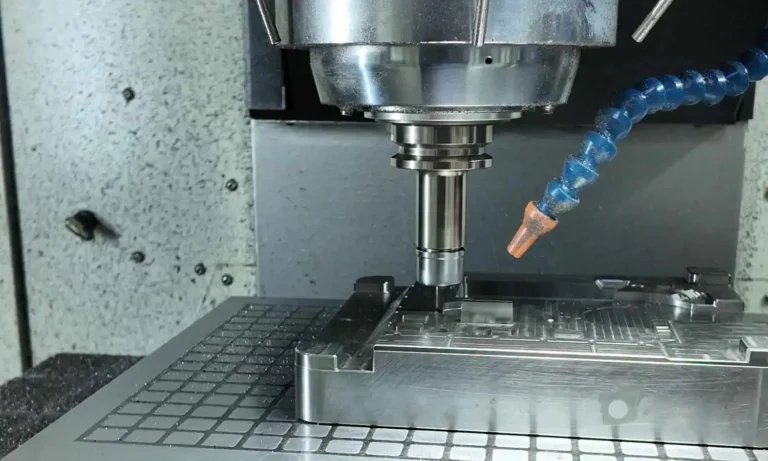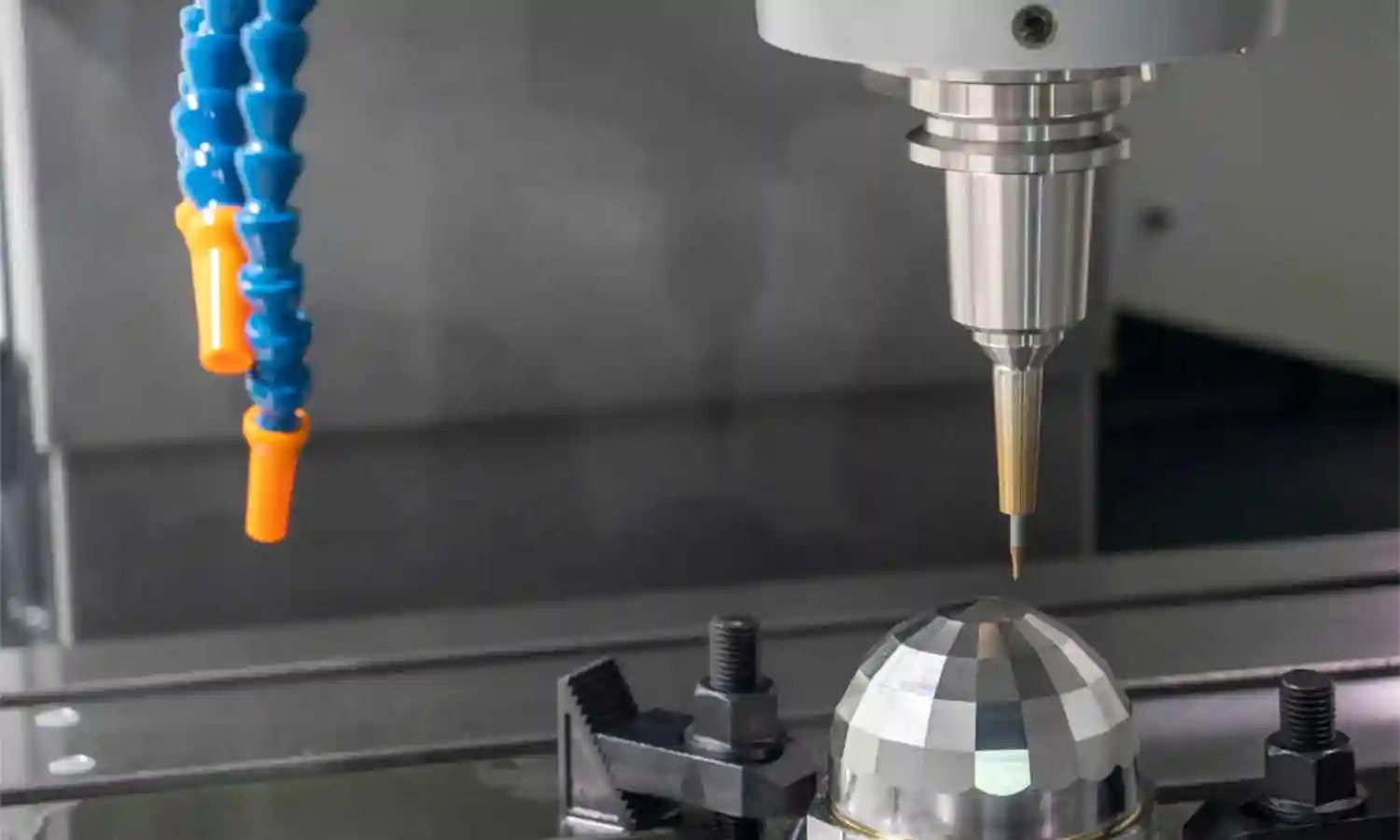
Injection Mold Cost Breakdown: From Quote to Hidden Expenses
Share your love
The price of an injection mold varies significantly, ranging from a few thousand US dollars to hundreds of thousands of US dollars. Many factors influence the price, and there are indeed some easily overlooked “hidden costs.” Let’s clarify both the quotation and the potential hidden costs all at once to give you a clear understanding.

A typical quotation for an injection mold will include the following main parts:
- Mold Design Fee:
- Complexity: The more complex the product structure and the higher the precision requirements, the greater the design difficulty and the higher the cost. For example, molds with complex structures such as multiple sliders, lifters, or overmolding will have significantly higher design fees.
- Design Experience: Experienced designers can better optimize the mold structure and reduce later problems, but their fees will also be correspondingly higher.
- Design Software: Using high-end CAD/CAM software will also affect the design cost.
- Mold Material Cost:
- Steel Grade: This is a crucial factor affecting the mold’s lifespan and precision. Common mold steels include P20, 718, S136, NAK80, etc. Different grades have different hardness, wear resistance, and corrosion resistance, and their prices vary greatly. High-requirement molds will use imported high-quality steel, which naturally increases the price.
- Mold Base Standard Components: The mold base is the frame that fixes the mold components. There are standard and non-standard components. Using standard components can reduce costs and shorten the delivery time, but if the product structure is special, custom non-standard components may be needed, increasing costs.
- Mold Machining Cost:
- Machining Accuracy: The higher the requirements for product dimensional accuracy and surface finish, the more precise the required machining equipment and processes, and the higher the machining cost. For example, high-speed CNC, EDM (Electrical Discharge Machining), and wire cutting may be needed.
- Machining Difficulty: Complex curved surfaces, thin walls, deep cavities, and other structures will increase the machining difficulty and time, thereby increasing the machining cost.
- Machining Equipment and Technical Level: Mold factories with advanced machining equipment and experienced technicians can ensure better machining quality, but their costs may also be higher.
- Mold Assembly and Testing Fee:
- Mold Complexity: The more complex the mold structure, the higher the difficulty and time required for assembly and debugging.
- Number of Trials: Some molds are successfully debugged in one trial, while others require multiple modifications and adjustments, which will increase labor and material costs.
- Mold Transportation Fee:
- This depends on the size and weight of the mold and the transportation distance.
Now let’s talk about the easily overlooked “hidden costs”:
- Mold Modification Fee:
- During the mold design and manufacturing process, or during the trial molding stage, if it is found that the product design needs to be changed, or if there are defects in the mold that need to be repaired, additional modification costs will be incurred. This part of the cost is often difficult to estimate but frequently occurs in actual production.
- Insufficient Early Communication: If communication between the customer and the mold factory is insufficient in the early stages of mold design, leading to significant modifications later, the cost will be very high.
- Product Design Changes: If the customer’s own product design changes during the mold manufacturing process, the mold will inevitably need corresponding modifications.
- Mold Trial Fee:
- After the mold is manufactured, trial molding is required to verify the mold’s performance and product quality. Trial molding will incur machine usage fees, material costs, and labor costs. The quotation may include a certain number of trial runs, but if the number of trials is excessive or special trial conditions are required, additional costs may be incurred.
- Mold Maintenance and Repair Fee:
- Molds will wear out during the production process and require regular maintenance and upkeep to extend their service life and ensure product quality. This includes cleaning, lubrication, and replacement of wearing parts. If the mold is severely damaged, it will also need to be repaired, all of which will incur costs. Although this cost is not one-time, it is unavoidable in long-term operation.
- Mold Storage Fee:
- If the mold needs to be stored for a period after product production is completed, storage fees may be incurred, especially for large molds.
- Mold Lifespan and Disposal Cost:
- Molds have a lifespan and need to be scrapped after reaching the end of their service life. Although this is not a direct quotation cost, the expected lifespan of the mold will affect the long-term cost of the product. Choosing a high-quality mold may have a higher initial investment, but it has a longer lifespan and may be more economical in the long run. Disposal may also involve certain costs.
- Time Cost:
- The length of the mold manufacturing cycle directly affects the product’s time to market. If production is delayed due to mold problems, it will lead to huge time costs and market losses. Choosing an experienced and reputable mold factory can better control the delivery time and reduce time costs.
To more accurately assess the total cost of an injection mold, you need to:
- Provide detailed product drawings and technical requirements: This includes the product’s 3D model, 2D engineering drawings, material requirements, precision requirements, surface treatment requirements, injection molding machine model, etc.
- Communicate with multiple mold factories and obtain detailed quotations: Don’t just focus on the lowest price; carefully compare the technical solutions, material selections, processing techniques, and after-sales service of different manufacturers.
- Clearly define all costs and responsibilities in the contract: This includes design fees, material fees, processing fees, number of trial runs, modification clauses, delivery time, payment terms, after-sales service, etc.
- Consider the long-term use and maintenance costs of the mold: Don’t just look at the upfront price; evaluate the mold’s cost-effectiveness.
- Establish good communication and trust with the mold factory: Timely communication of problems and joint problem-solving can reduce unnecessary additional costs.
Hopefully, the above information can help you more comprehensively understand the cost structure of injection molds and potential hidden costs, enabling you to make more informed decisions!
Newsletter
Subscribe to our Newsletter for the latest news, updates and offers.



